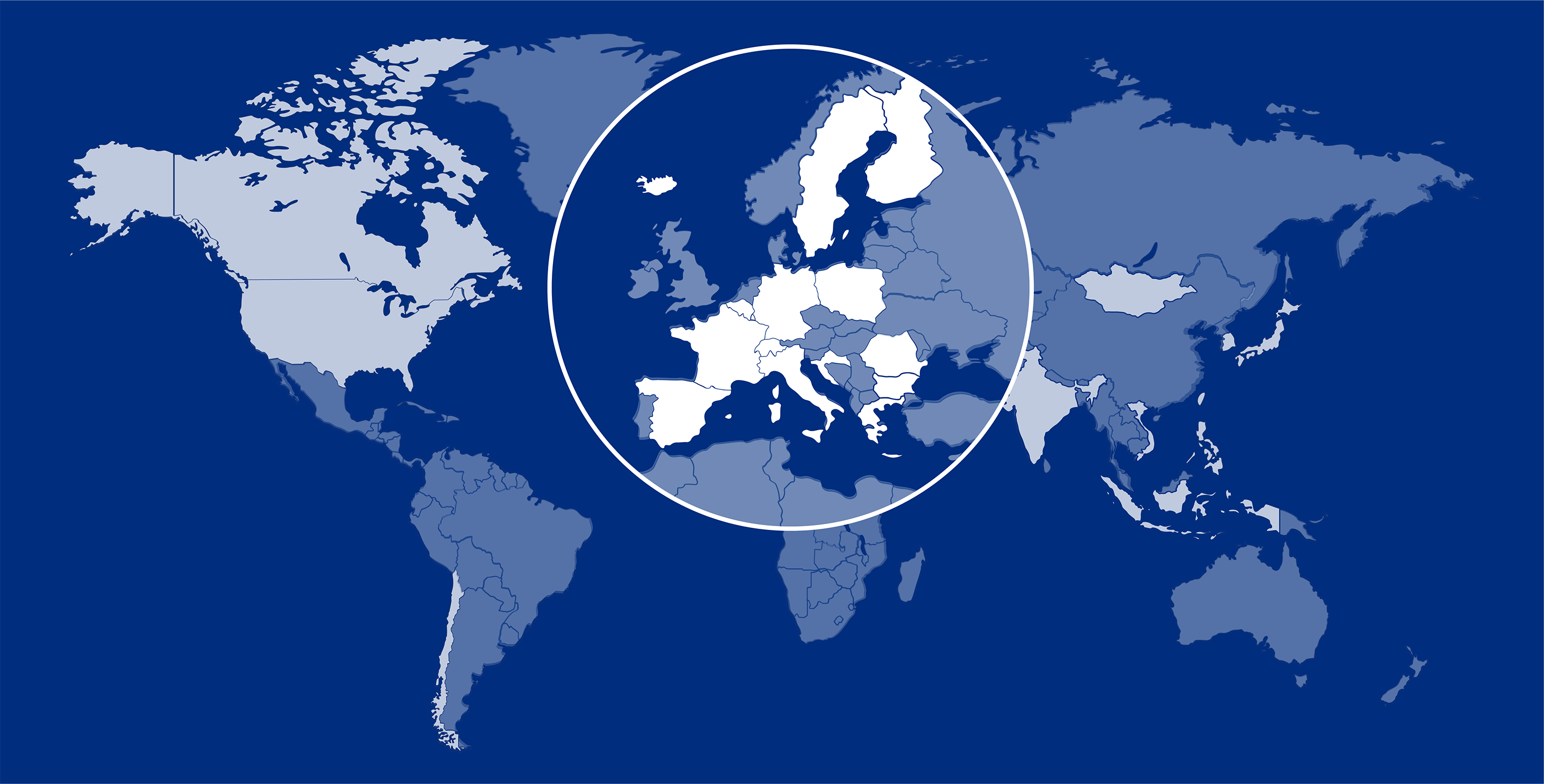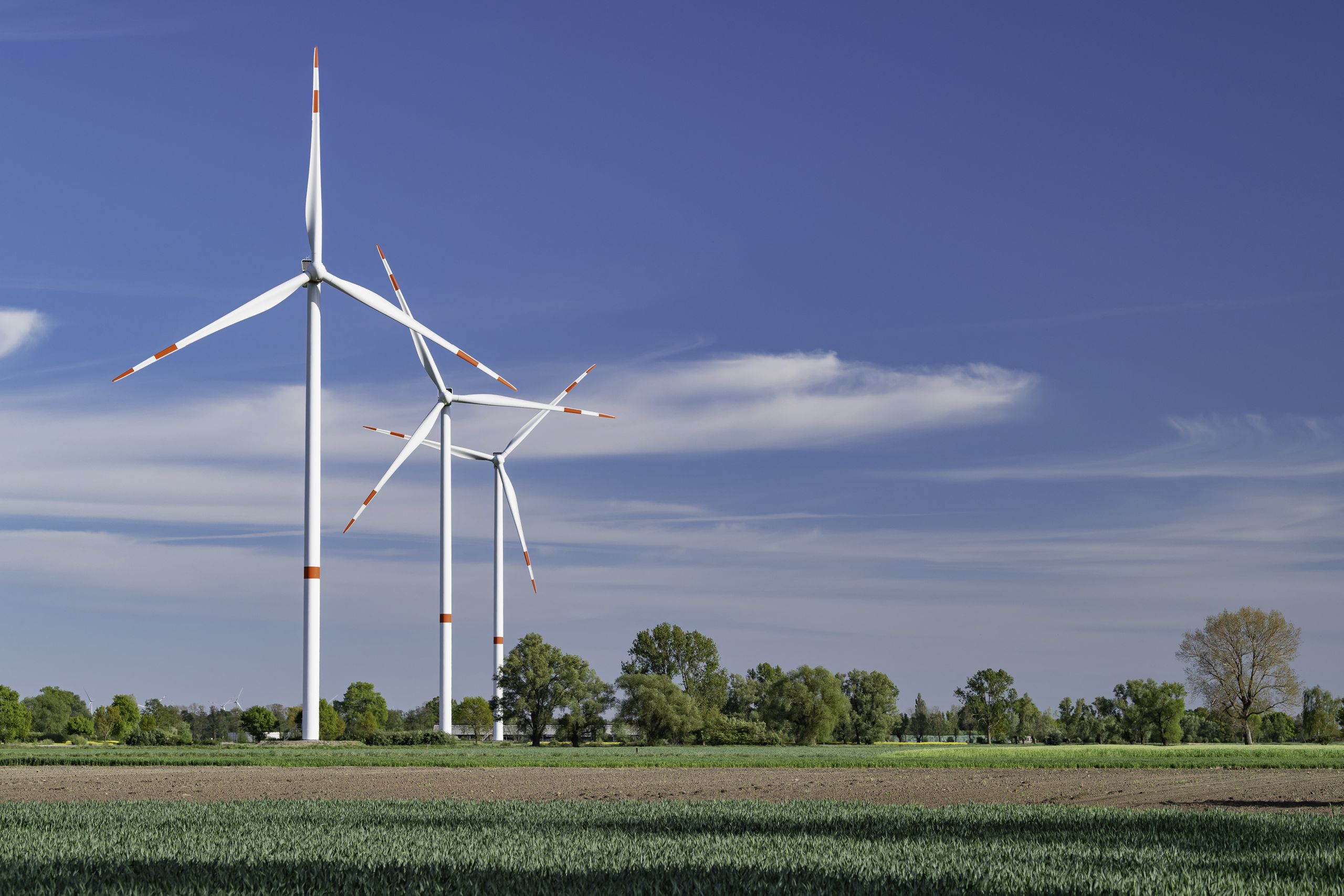Let me ask you something—do you ever feel like your phone's battery just drains way too fast? Or maybe you're wondering why some devices charge quicker than others? Well, the secret lies in WPD, or Watt Per Day, a term that's becoming increasingly important in our tech-driven world. It might sound complicated, but trust me, once you understand it, you'll realize how crucial it is for optimizing your device's performance and battery life.
Picture this: you're scrolling through social media, streaming videos, and playing games all day long. Your phone becomes your lifeline, and if it dies, so does your connection to the world. That's where WPD comes in. It helps you manage how much energy your device uses daily, ensuring you stay connected without constantly stressing about charging.
Now, I know what you're thinking—"Why should I care about WPD when I'm just trying to survive the day?" The truth is, understanding WPD can save you money, improve your device's longevity, and even reduce your carbon footprint. So, let's dive deeper into this topic and uncover why WPD matters more than you think.
- Unlock Your Property Secrets A Comprehensive Guide To Larimer County Assessor Property Search
- Nathan Fillion Height The Inside Scoop Yoursquove Been Waiting For
What Exactly is WPD?
WPD, or Watt Per Day, is a measurement used to calculate the average energy consumption of electronic devices over a 24-hour period. Think of it as your device's daily energy diet. Just like how we track calories to maintain a healthy lifestyle, tracking WPD helps us ensure our gadgets are using energy efficiently.
For instance, a smartphone with a lower WPD rating means it consumes less power each day, which translates to longer battery life and fewer charging sessions. On the flip side, a device with a high WPD might need to be charged multiple times a day, which isn't ideal for anyone who's always on the go.
Why WPD is Important for Your Devices
Let's break it down: your device's WPD directly impacts its battery life, performance, and overall lifespan. A lower WPD means your device is energy-efficient, which is great for both your wallet and the environment. Here are a few reasons why WPD matters:
- Jericho Rosales Age A Closer Look At The Heartthrobs Life And Legacy
- Renee Estevez The Rising Star In Hollywood You Need To Know About
- Battery Longevity: Devices with lower WPD tend to have longer-lasting batteries, reducing the need for frequent replacements.
- Cost Savings: Using energy-efficient devices can significantly cut down on your electricity bills over time.
- Environmental Impact: By reducing energy consumption, you're contributing to a greener planet.
How WPD is Calculated
Calculating WPD involves some simple math, but don't worry, I'll walk you through it. To determine your device's WPD, you need to know its wattage and how many hours you use it daily. Multiply the wattage by the number of hours, and voila—you've got your WPD!
For example, if your laptop uses 60 watts and you use it for 5 hours a day, your WPD would be 300 watts. Easy peasy, right? This calculation helps you understand how much energy your devices are consuming and where you can make improvements.
Tips for Reducing Your Device's WPD
Now that you know how to calculate WPD, let's talk about ways to lower it. Here are some practical tips to help you save energy and extend your device's battery life:
- Dim the Screen: Lowering your screen brightness can significantly reduce energy consumption.
- Turn Off Unnecessary Features: Bluetooth, Wi-Fi, and location services can drain your battery quickly, so turn them off when not in use.
- Use Power-Saving Modes: Most devices have built-in power-saving features that can help reduce WPD.
WPD and Battery Technology
As technology advances, so does the way we measure and manage energy consumption. Modern batteries are designed to handle higher WPD ratings while maintaining efficiency. Lithium-ion batteries, for instance, are known for their high energy density and low self-discharge rates, making them perfect for devices with varying WPD needs.
However, it's important to note that even the best batteries have their limits. Overcharging or using incompatible chargers can damage your battery and increase its WPD over time. Always follow the manufacturer's guidelines to ensure optimal performance.
Emerging Trends in WPD Management
The tech industry is constantly innovating to improve energy efficiency. One exciting trend is the development of smart power management systems that automatically adjust WPD based on usage patterns. These systems can learn your habits and optimize energy consumption accordingly, saving you time and money.
WPD in the Workplace
In today's digital age, businesses rely heavily on technology to operate efficiently. Understanding WPD is crucial for companies looking to reduce operational costs and promote sustainability. By implementing energy-efficient practices, businesses can lower their carbon footprint and improve their bottom line.
For example, switching to LED lighting, using energy-efficient computers, and encouraging remote work can all contribute to reducing WPD in the workplace. These small changes can have a big impact on both the environment and the company's financial health.
WPD and Remote Work
With more people working from home, managing WPD has become even more important. Remote workers often rely on multiple devices throughout the day, which can lead to higher energy consumption. To combat this, consider using power strips to manage your devices' energy usage and setting up a dedicated workspace with energy-efficient equipment.
WPD and Sustainability
As we become more aware of the environmental impact of our daily habits, reducing WPD has become a priority for many individuals and organizations. By choosing energy-efficient devices and adopting sustainable practices, we can all play a part in creating a greener future.
One way to achieve this is by supporting companies that prioritize sustainability in their product design and manufacturing processes. Look for devices with eco-friendly certifications and features that promote energy conservation.
WPD and Renewable Energy
The rise of renewable energy sources like solar and wind power has opened up new possibilities for reducing WPD. By harnessing these clean energy sources, we can power our devices without relying on traditional electricity grids, which often rely on fossil fuels.
Common Misconceptions About WPD
There are a few myths surrounding WPD that can lead to confusion and misinformation. Let's debunk some of these misconceptions:
- Myth 1: All devices have the same WPD. Reality: WPD varies depending on the device's specifications and usage patterns.
- Myth 2: Lower WPD always means better performance. Reality: While a lower WPD is generally desirable, it's not the only factor to consider when evaluating a device's efficiency.
- Myth 3: WPD doesn't affect battery life. Reality: A higher WPD can lead to faster battery depletion and shorter lifespan.
How to Choose Devices with Optimal WPD
When shopping for new devices, it's essential to consider their WPD ratings. Look for products with energy-efficient certifications like ENERGY STAR, which indicate that the device meets strict energy consumption standards. Additionally, read reviews and compare specifications to ensure you're getting the best value for your money.
Factors to Consider When Evaluating WPD
Here are a few key factors to keep in mind when assessing a device's WPD:
- Battery Capacity: Higher capacity batteries can handle higher WPD without compromising performance.
- Processor Efficiency: Modern processors are designed to consume less power while delivering superior performance.
- Display Technology: OLED and AMOLED displays are known for their energy efficiency compared to traditional LCD screens.
Conclusion: Take Control of Your WPD
In conclusion, understanding WPD is crucial for optimizing your device's performance and reducing energy consumption. By making informed choices and adopting energy-efficient practices, you can save money, extend your device's lifespan, and contribute to a more sustainable future.
So, what are you waiting for? Start calculating your devices' WPD today and take the first step towards a more energy-conscious lifestyle. And don't forget to share this article with your friends and family—let's spread the word about the importance of WPD!
Table of Contents
- What Exactly is WPD?
- Why WPD is Important for Your Devices
- How WPD is Calculated
- WPD and Battery Technology
- WPD in the Workplace
- WPD and Sustainability
- Common Misconceptions About WPD
- How to Choose Devices with Optimal WPD
- Conclusion



Detail Author:
- Name : Zackery Heller II
- Username : pouros.angela
- Email : fisher.leann@rau.org
- Birthdate : 1983-02-01
- Address : 887 Joey Spurs Marianohaven, PA 75182
- Phone : 351.472.8458
- Company : Torp and Sons
- Job : Pharmaceutical Sales Representative
- Bio : Possimus animi molestiae nostrum ratione. Ipsam consequatur voluptas ut sequi itaque optio. Harum eligendi dolorem voluptas vitae. Officia ipsam et cumque dignissimos ipsa nam molestiae nobis.
Socials
linkedin:
- url : https://linkedin.com/in/stroman2009
- username : stroman2009
- bio : Maxime et modi et deserunt ea rerum cumque.
- followers : 516
- following : 808
tiktok:
- url : https://tiktok.com/@astroman
- username : astroman
- bio : Quia voluptas consequuntur unde ut assumenda deserunt voluptates.
- followers : 5965
- following : 343